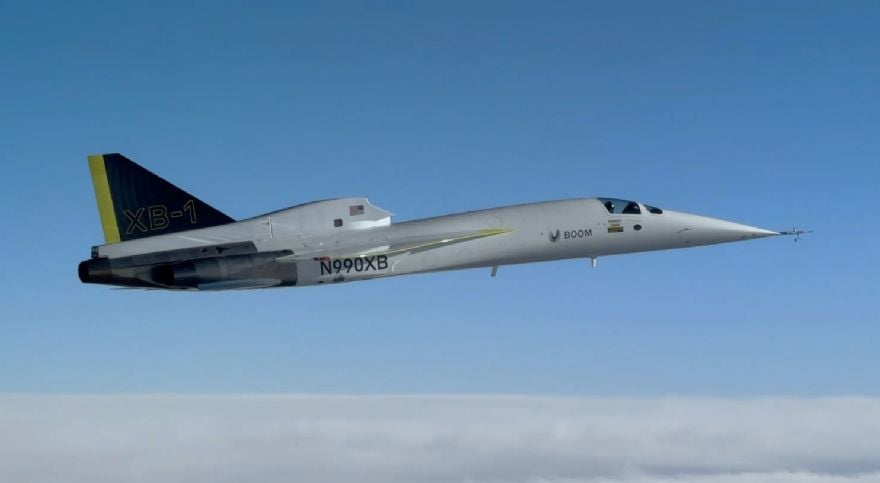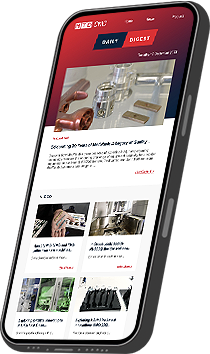
SME Focus Episode 226: Neil Clifton – PH Recruitment & NEM Consulting
SMEFocus is the programme showcasing our brilliant SMEs. For manufacturers, by manufacturers. The weekly show was…

US-based Boom Supersonic has confirmed the successful first supersonic flight of its XB-1 demonstrator aircraft, marking a significant step towards the development of the world’s fastest airliner, Overture. The flight took place at the Mojave Air & Space Port in California, with the XB-1 becoming the world’s first independently developed supersonic jet, the first civil supersonic aircraft made in America.
The XB-1 flew into the supersonic corridor, reaching an altitude of 35,290 feet before accelerating to Mach 1.122, breaking the sound barrier for the first time. This achievement is a historic one, as supersonic aircraft have traditionally been the domain of nation states, with military and governmental backing. XB-1’s successful flight is the first instance of a supersonic jet developed independently by a private company.
Blake Scholl, founder and CEO of Boom Supersonic, commented: “XB-1’s supersonic flight demonstrates that the technology for passenger supersonic flight has arrived. A small, talented, and dedicated team has achieved what once required billions of dollars and government backing. Now, we are scaling up this technology for Overture, our supersonic airliner, and our ultimate goal is to make supersonic flight accessible to everyone.”
XB-1, the first supersonic jet built with airliner technology, features several key innovations that will be carried over to Overture, including carbon fibre composites, digital stability augmentation, and an augmented reality vision system for enhanced landing visibility.
Following its inaugural flight in March 2024, the XB-1 completed 11 human-piloted test flights, progressively testing the aircraft’s systems and aerodynamics in increasingly challenging conditions. The team systematically expanded the flight envelope, progressing through subsonic, transonic, and supersonic speeds, all while maintaining a strong focus on safety and risk management.
Tristan “Geppetto” Brandenburg, chief test pilot for Boom Supersonic, said: “It has been an incredible privilege to be part of the team that achieved this milestone. Our disciplined and methodical approach to the flight test programme established a safety culture that enabled this historic supersonic flight. The lessons learned from XB-1 will help us build the future of supersonic travel.”
The supersonic flight took place in the same airspace where Chuck Yeager famously broke the sound barrier in 1947. It also marks the first human-piloted civil supersonic flight since Concorde’s retirement over 20 years ago, paving the way for the return of commercial supersonic travel with Overture.
Overture, the next generation of supersonic travel, will carry 64-80 passengers at Mach 1.7—approximately twice the speed of current subsonic airliners—on over 600 global routes. With a current order book of 130 orders and pre-orders from American Airlines, United Airlines, and Japan Airlines, Overture is poised to revolutionise air travel. In 2024, Boom completed construction on its Overture Superfactory in Greensboro, North Carolina, which will scale up to produce 66 Overture aircraft annually. Optimised for speed, safety, and sustainability, Overture will be powered by its bespoke Symphony propulsion system, designed to operate on up to 100% sustainable aviation fuel (SAF).
Stay up to date with the latest industry news and events.

Be first to see all the updates from MTDCNC
Our newsletters frequency varies dependant on content
All the latest deals from the industry feature on our newsletters